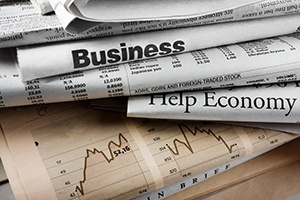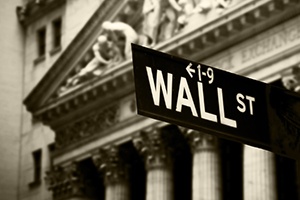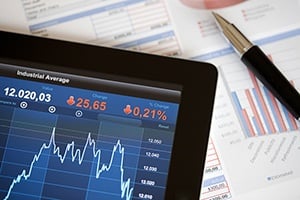Last week’s data was generally positive. Housing continues to strengthen; although strong demand has reduced inventories of existing homes, new home sales have started to pick up the slack. On the business front, capital spending continues to improve, although not as quickly as had been hoped.














